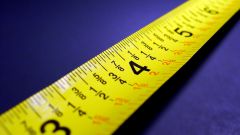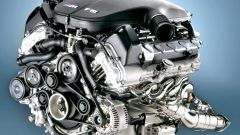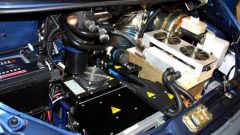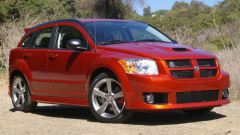Instruction
1
Determine the rated capacity of the vehicle the vehicle registration document or a certification plate in the car. They should contain information about the permissible weight and maximum permissible loads on the front and rear axle.
2
Note the total permitted mass of the vehicle. It determines the maximum lifting capacity, which is a critical number. If you constantly exceed this figure when loaded car, eventually it will lead to failure.
3
To calculate the optimum installed capacity of the car, fold the value of the maximum permissible load on the front axle and the magnitude of the maximum permissible load on the rear axle. This figure will reflect the weight of the cargo that will be transported by car with maximum efficiency.
4
Calculate the actual gross weight of the loaded car. Easy to do, determining the load on each axle with the help of truck scales for axle-by-axle weighing. Truck scales can be of different designs. Some of the mass of the vehicle with cargo, driver and passengers shall be determined without shutting down the machine when its speed to 5 km/h.
5
Determine the actual weight attributed to each axis, and then fold the figures. Need to know what scales for weighing in movement are accurate to within 3%. If you need to determine the total mass of the vehicle without errors, use the platform to the load cells. Machine at the weigh-in is installed on a special platform of such scales.
6
And finally, to know the actual gross weight of the car by installing on it's axis load sensors. In this case, the mass determination is performed quickly and without errors. This system is very effective, as it allows to ensure the full utilization of the machine without exceeding its lifting capacity.
7
Compare the set and actual value of capacity. Total weight of driver, passengers and cargo should not exceed a total permitted weight of vehicle and maximum permissible loads on its front and rear axle.













